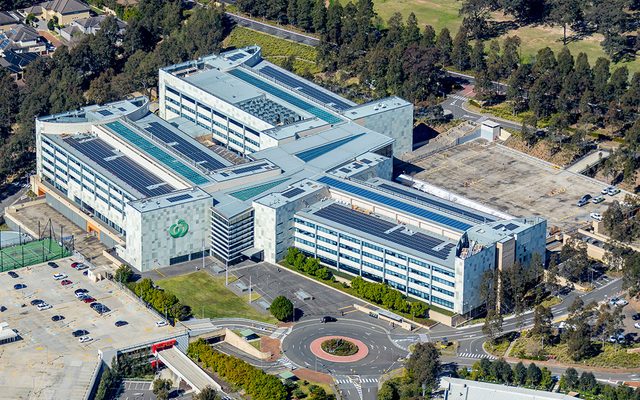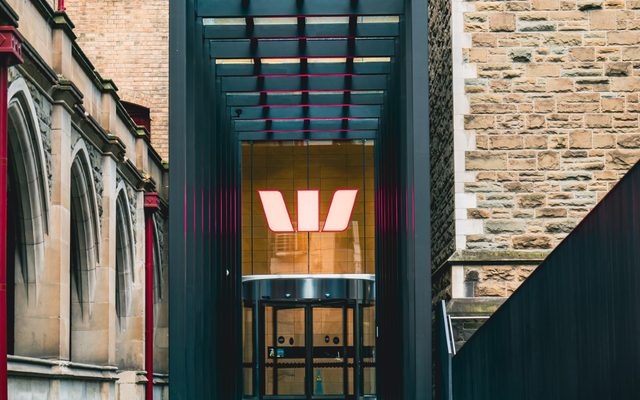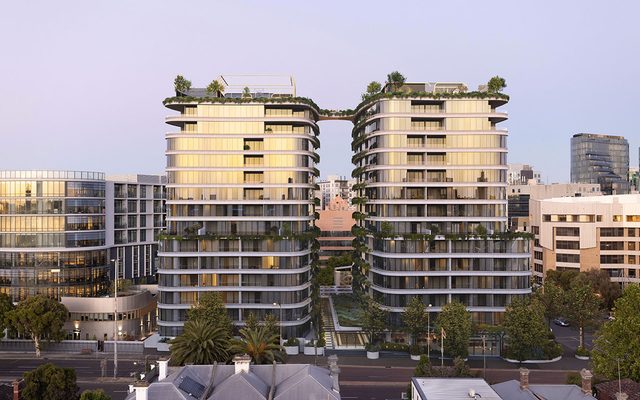This article is from the Australian Property Journal archive
BWP Trust, formerly Bunnings Warehouse Property Trust, has recorded a full year income of $85.3 million, up 8.6% from last year.
Distributable profit, which excludes unrealized net gain of $25.3 million, for the year to June 30 was $56.6 million, an increase of 12.2% on last year.
General manager Grant Gernhoefer said the increase in income was due predominantly to increases in rental, which rose as a result of acquisitions and developments completed during the year, contributing an additional $3.4 million, approximately and from rent reviews and other property income, adding approximately $2.7 million.
Gernhoefer announced a final distribution of 5.80 cents per ordinary unit, taking the total distribution for the year to 11.98 cents per unit, a 0.8% decrease on last year.
During the year, 60 leases in the portfolio had annual fixed or CPI increases, resulting in an average increase of 2.9% in the annual rent for these properties.
The trust portfolio was revalued resulting in an increase of $225.8 million to $1.225 billion.
The net revaluation gain was due to rental growth from rent reviews and incorporates the write-off of acquisition costs from all property acquisitions during the year. The trust’s weighted average capitalisation rate for the portfolio at June 30 was 7.65% (December 2010: 7.62% and June 2010: 7.65%).
The underlying net tangible asset backing was $1.90 per unit, a decrease of 3.1% from $1.96 per unit at 31 December 2010 (30 June 2010: $1.88 per unit), mainly due to the increase in the number of units on issue in March 2011, following the $150 million entitlement offer.
Finance costs remain inline with last year at $19.1 million whilst the average level of debt was 2.0% lower at $194.2 million compared with $198.2 million for 2010, bank fees and margins were approximately 5.2% higher as a result of repricing taking effect during or since the previous year. The weighted average cost of net borrowings (finance costs less finance income/average borrowings) was 9.23%, compared with 9.40% for the previous year.
The trust’s gearing ratio was 17.0% (2010: 18.8%), slightly below the board’s preferred range of 20 to 30%. Covenant gearing (debt and non-current liabilities to total assets) was 17.1% (2010: 19.3%). The interest cover ratio (earnings before interest and tax/ interest expense) was 4.1 times (2010: 3.7 times).
Gernhoefer said the trust’s rental income has increased substantially following the acquisition of 11 Bunnings Warehouse properties during the year.
Looking ahead he said rent reviews of the existing properties are also expected to bolster earnings, with seven Bunnings Warehouses scheduled for five-yearly market reviews and one non-Bunnings tenancy due for a market review and the balance of the portfolio being subject to fixed rate or consumer price index increases.
Upgrades of existing properties will also contribute to earnings growth, with capital commitments to upgrade three Bunnings Warehouses, totalling approximately $25 million over the next 12 to 18 months.
He maintained the guidance provided in February of a forecast distribution of 13.3 cents per unit for the year ending 30 June 2012.
Gernhoefer indicated that trust continues to be hungry for more assets.
He said further acquisitions including non-Bunnings Warehouse properties will be considered selectively.
Australian Property Journal



